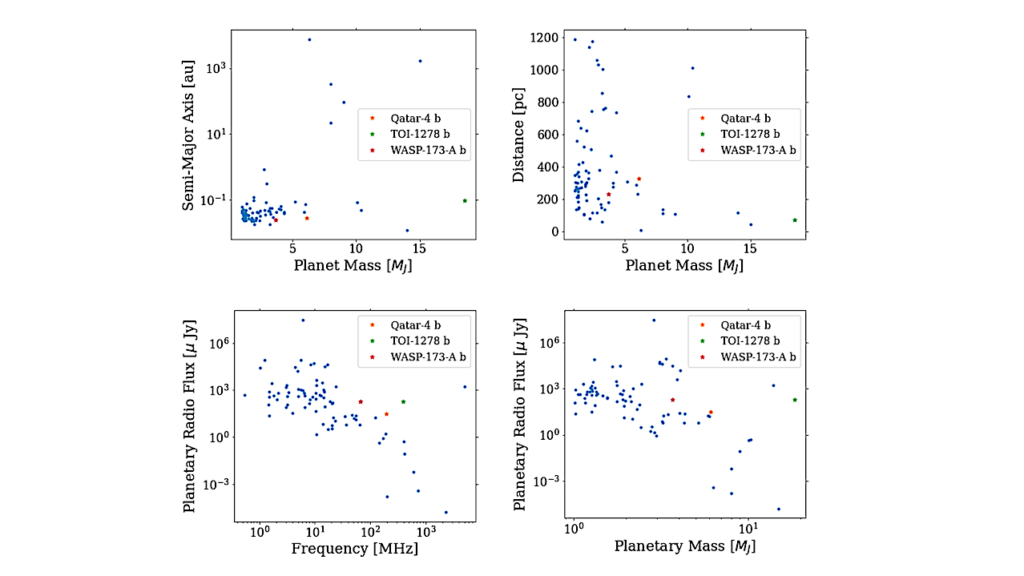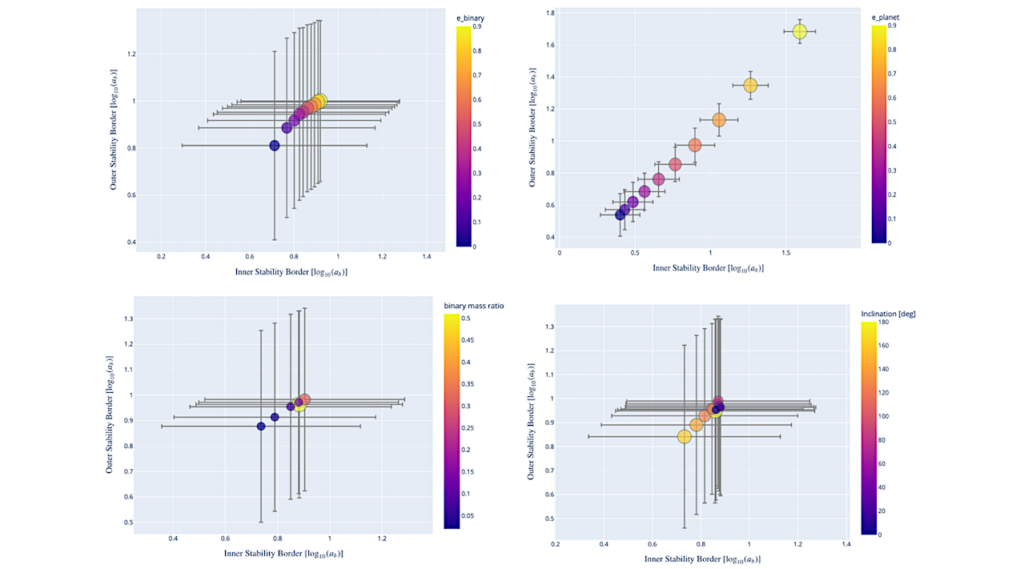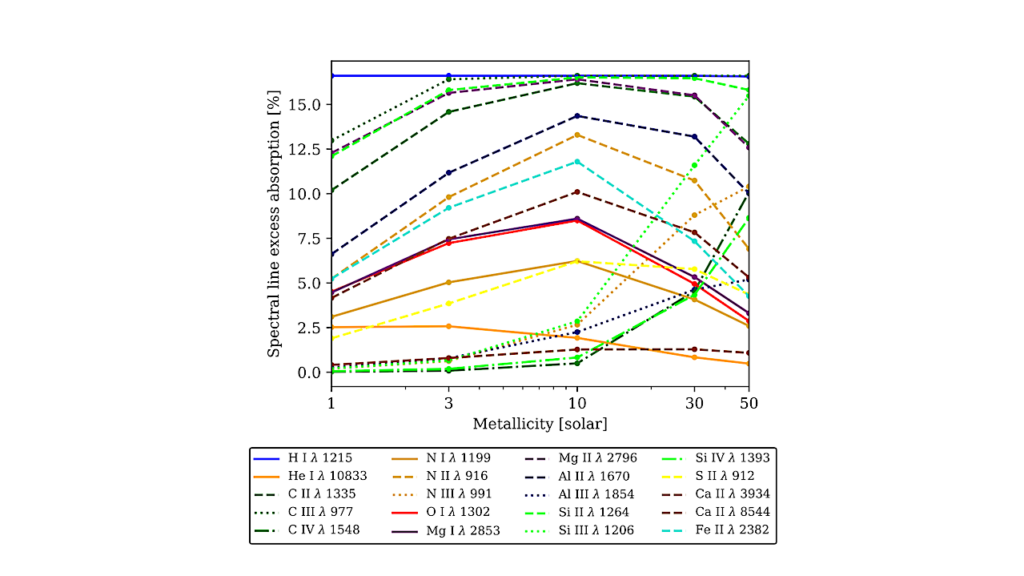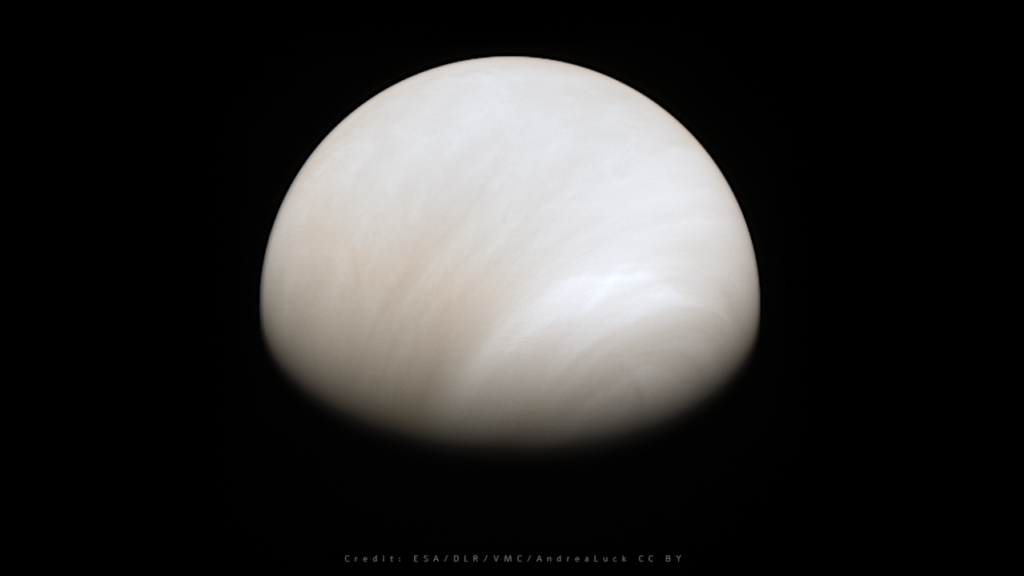Tidal Heating of Young Super-Earth Atmospheres

Short-period Earth to Neptune size exoplanets (super-Earths) with voluminous gas envelopes seem to be very common. These gas atmospheres are thought to have originated from the protoplanetary disk in which the planets were embedded during their first few Myr.
The accretion rate of gas from the surrounding nebula is determined by the ability of the gas to cool and radiate away its gravitational energy. Here we demonstrate that heat from the tidal interaction between the star and the young (and therefore inflated) planet can inhibit the gas cooling and accretion. Quantitatively, we find that the growth of super-Earth atmospheres halts for planets with periods of about 10 days, provided that their initial eccentricities are of the order of 0.2.
Thus, tidal heating provides a robust and simple mechanism that can simultaneously explain why these planets did not become gas giants and account for the deficit of low-density planets closer to the star, where the tides are even stronger. We suggest that tidal heating may be as important as other factors (such as the nebula’s lifetime and atmosphere evaporation) in shaping the observed super-Earth population.
Sivan Ginzburg, Re’em Sari
(Submitted on 12 Aug 2016)
Comments: 8 pages
Subjects: Earth and Planetary Astrophysics (astro-ph.EP)
Cite as: arXiv:1608.03718 [astro-ph.EP] (or arXiv:1608.03718v1 [astro-ph.EP] for this version)
Submission history
From: Sivan Ginzburg
[v1] Fri, 12 Aug 2016 08:40:57 GMT (325kb)
http://arxiv.org/abs/1608.03718








